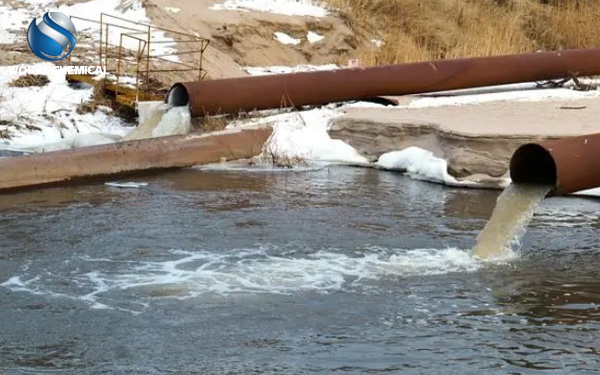
Solutions to reduce the water content of municipal sludge mainly include the following:

I. Physical methods
Mechanical dehydration
The use of mechanical equipment such as filter press and centrifuge to dehydrate the sludge can significantly reduce the moisture content of the sludge.
Filter press by applying pressure so that the water in the sludge is squeezed out, forming mud cake; Centrifuges use centrifugal force to separate water from the sludge.
Natural drying
The sludge is spread out on a drying field paved with sand and gravel, and the water in the sludge is evaporated by natural conditions such as sunlight and wind.
This method covers a large area and is limited by weather conditions, but the cost is low, and it is suitable for occasions where the sludge volume is small and the moisture content is not particularly high.
Hot drying
The moisture in the sludge is evaporated by heating, thus reducing the moisture content.
The moisture content of the sludge after hot drying can be reduced to less than 10%, the volume and weight are greatly reduced, and it is easy to transport and store.
However, the thermal drying process has high energy consumption and high treatment cost.
Chemical methods
Add chemical conditioner
Add an appropriate amount of chemical conditioner (such as polyacrylamide, lime, ferric chloride, etc.) to the sludge, change the particle structure and surface charge of the sludge, and enhance the dehydration effect.
The selection and dosage of chemical conditioners should be determined according to the nature of the sludge and treatment requirements.
Acid-base regulation
By adjusting the pH value of the sludge, the activity of microorganisms in the sludge can be changed to promote the release of water in the sludge.
However, acid-base regulation may have a certain impact on the environment, and it needs to be used with caution.
3. Biological methods
Aerobic fermentation
Under aerobic conditions, the organic matter in the sludge is decomposed into carbon dioxide, water and biomass by the metabolic action of microorganisms.
Heat is generated during the aerobic fermentation process, which contributes to the evaporation of water in the sludge.
But aerobic fermentation needs to consume a lot of oxygen and energy, and the processing time is longer.
Anaerobic digestion
In the absence of oxygen, anaerobic microorganisms are used to decompose organic matter in the sludge into methane, carbon dioxide and biomass.
Methane produced during anaerobic digestion can be utilized as an energy source.
However, anaerobic digestion requires strict anaerobic environment and temperature control, and the treatment efficiency is relatively low.
Four, combination method
Mechanical dehydration + hot drying
The moisture content of the sludge is reduced to a certain extent by mechanical dehydration, and then the moisture content is further reduced by hot drying.
This method combines the advantages of mechanical dehydration and hot drying, and the treatment efficiency is high, but the cost is relatively high.
Chemical conditioning + Mechanical dehydration
After adding chemical conditioner to the sludge, mechanical dehydration treatment is carried out.
Chemical conditioner can enhance the dewatering performance of sludge and improve the efficiency of mechanical dewatering.
In summary, there are a variety of solutions to reduce the water content of municipal sludge, and the most suitable treatment method should be selected according to the nature of sludge, treatment cost, resource recovery potential and environmental impact and other factors. At the same time, with the progress of science and technology and the improvement of environmental protection requirements, new sludge treatment methods and technologies are also emerging and developing.